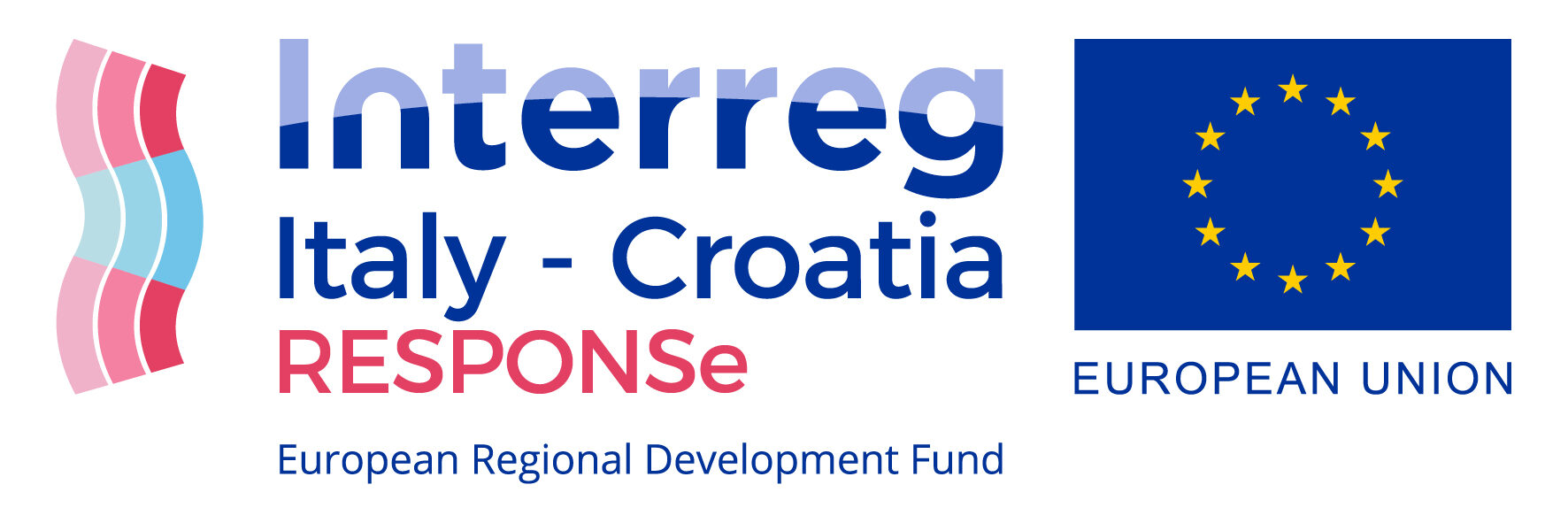Climate actions
The rehabilitation and restoration of floodplains and river wetlands provides seasonal aquatic habitats, creates corridors of native riparian forests and creates shaded riverine and terrestrial habitats. Creation of buffer strips. Negative effects on navigation, and varying effects (both positive and negative) on tourism, agriculture and drainage.
Rehabilitation and restoration of rivers and floodplains
Objective
Emphasising the natural function of rivers and reducing floods risk.
Description
Expected results
It helps to retain and slowly release discharge from water bodies as well as to facilitate groundwater recharge and improves water quality. Moreover, river wetlands can help to maintain the functioning of estuarine and delta ecosystems and create natural land features that act as storm buffers, thus protecting people and property from flood damages, also related to sea level rise and storm surges.
Result indicators
Floods return time [T=1/p; years]
Involved actors
River managers, farmers, inhabitants of villages and all figures related to land use and land properties.
Expected timeline for action
Best practices
Criticalities
Scope of the action
Type of proposed actions
Sector of action
Climate impacts
Implementation scale
